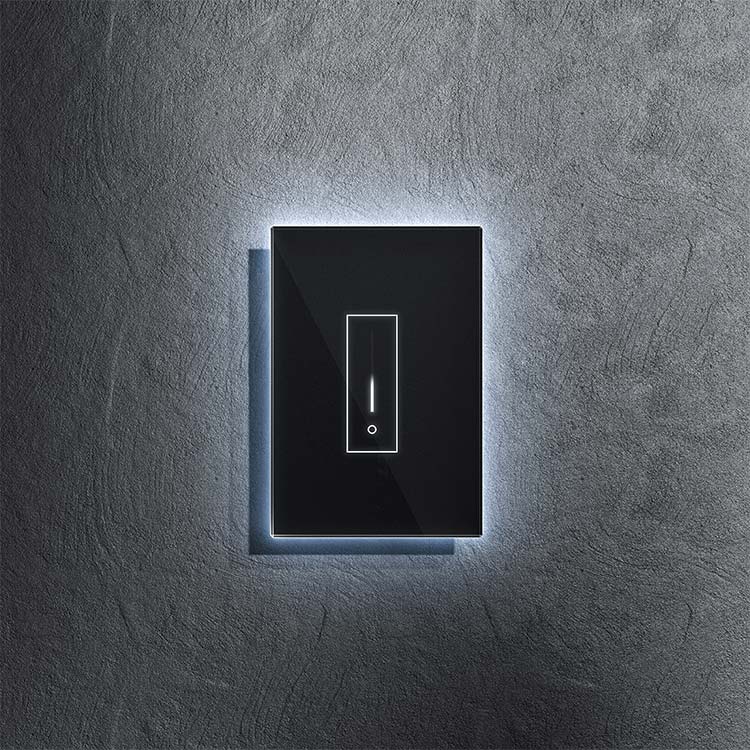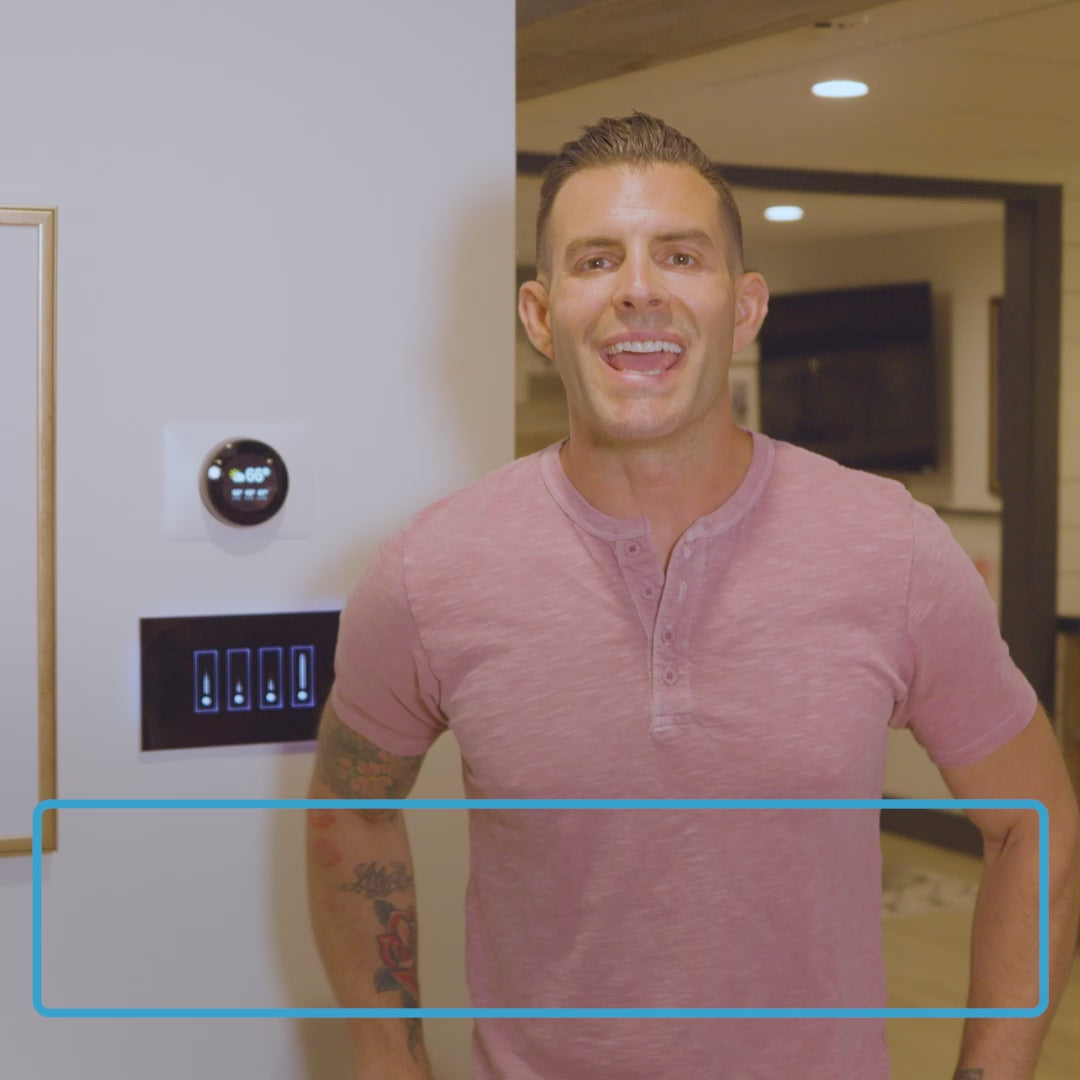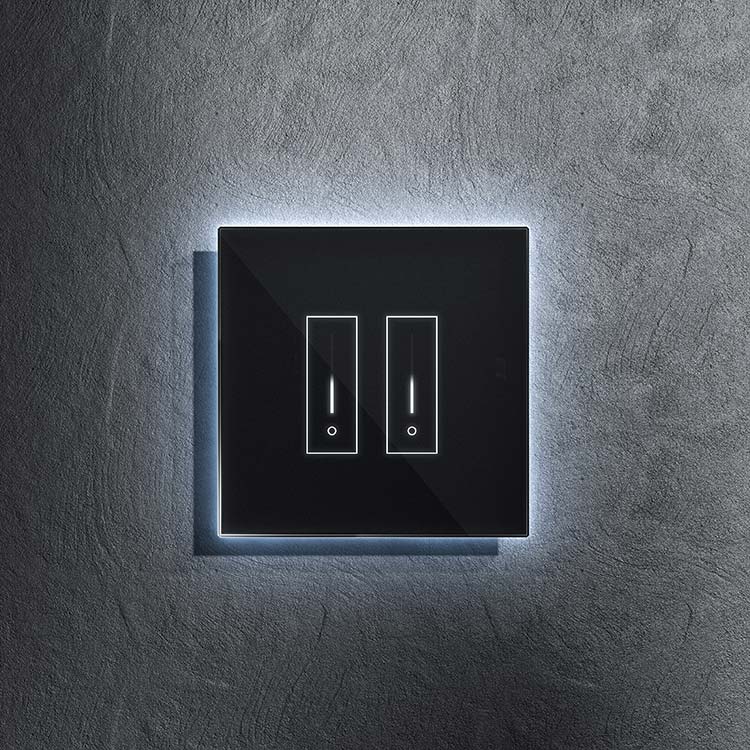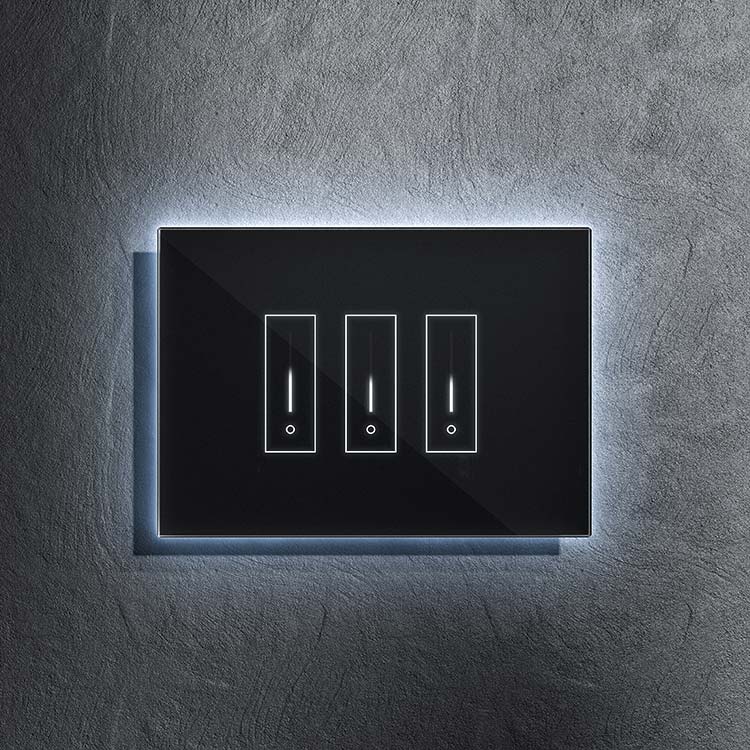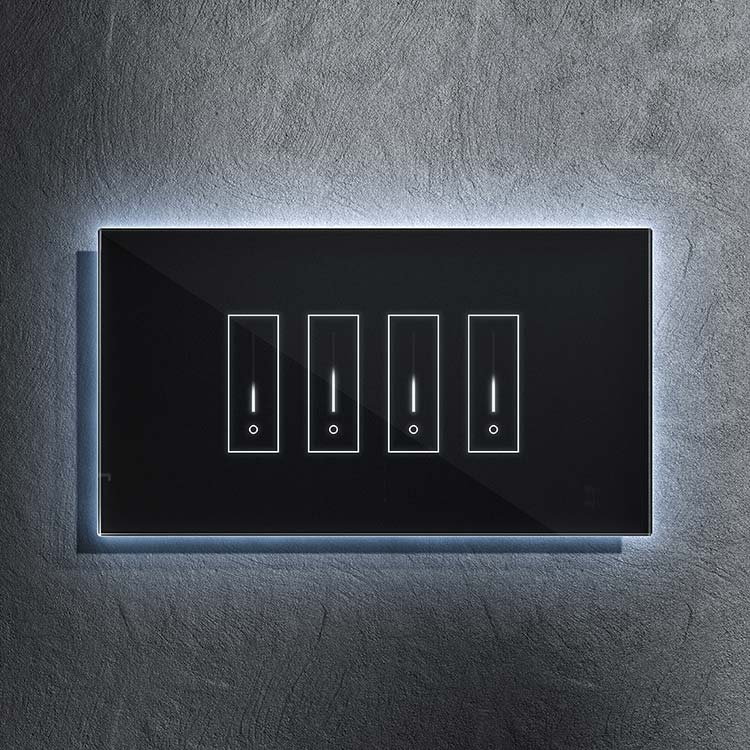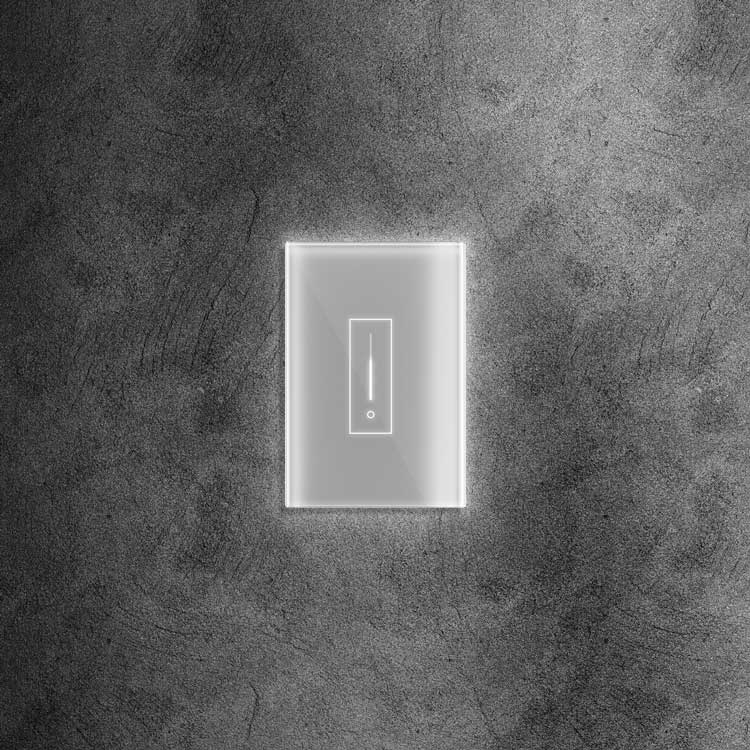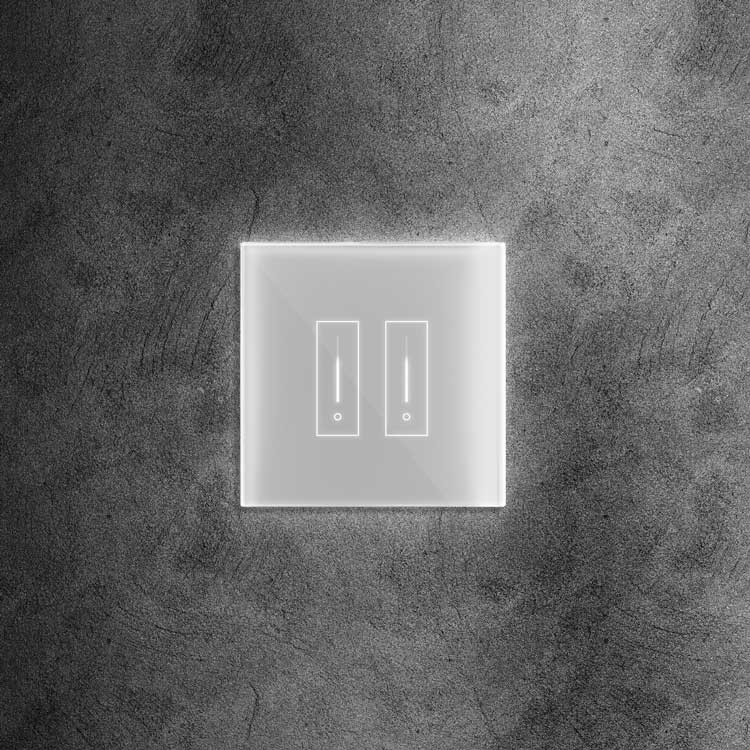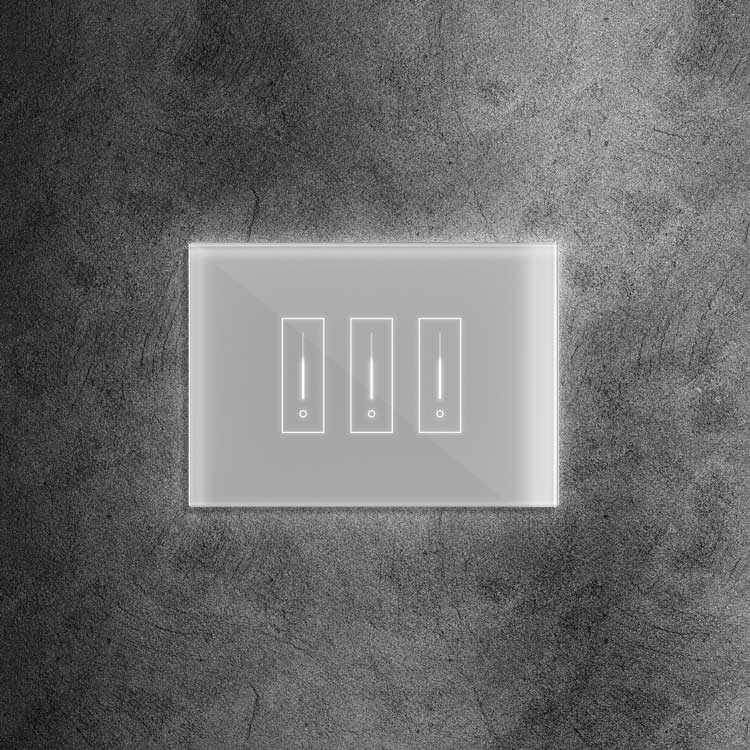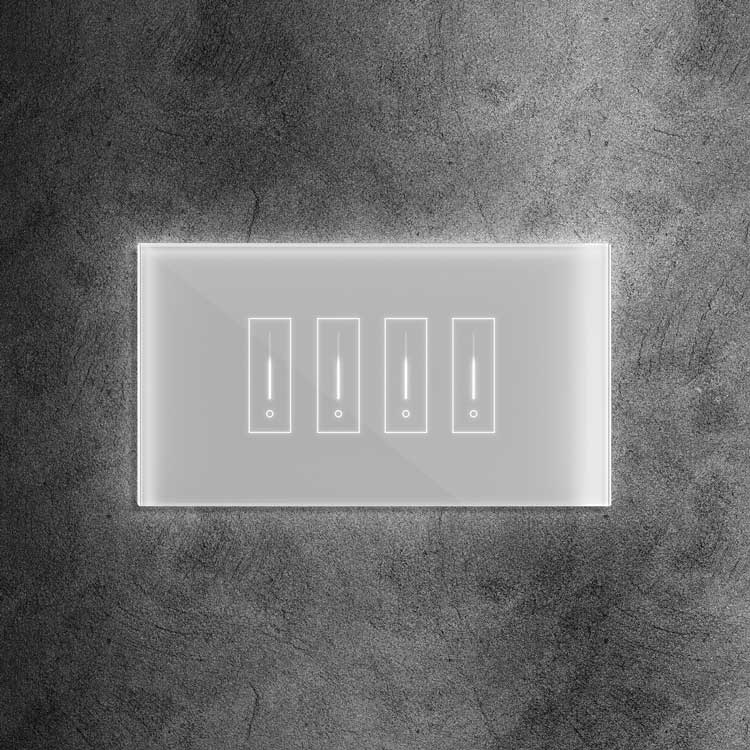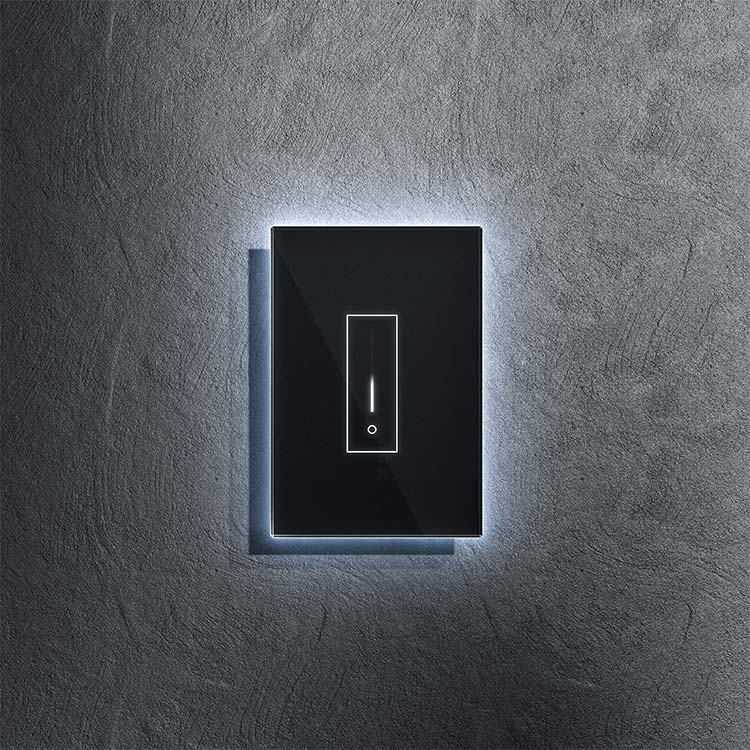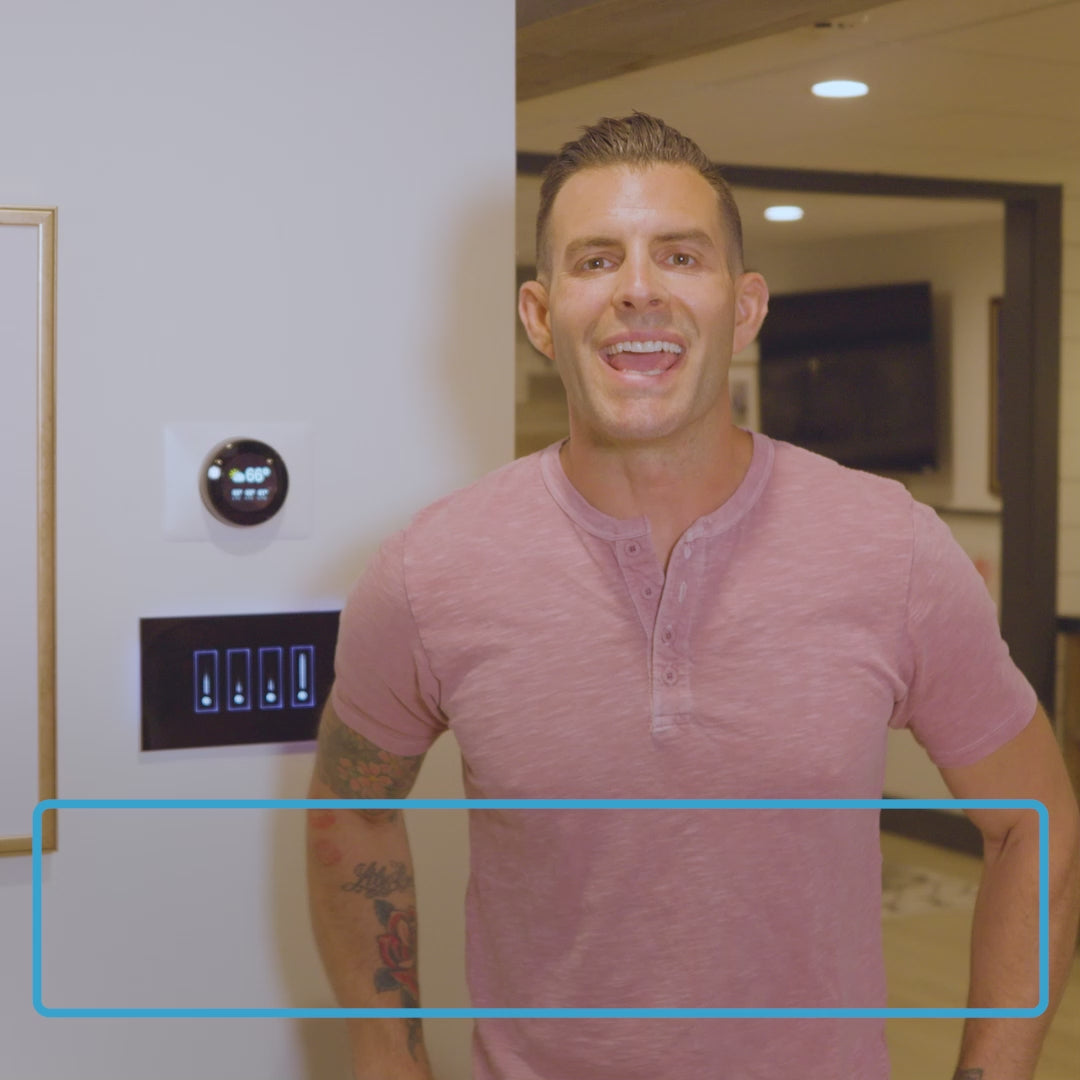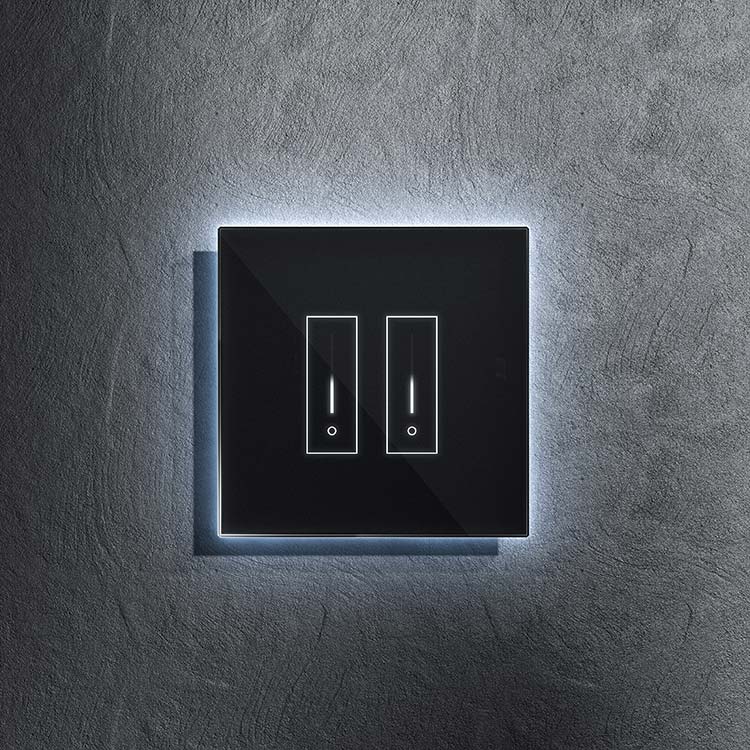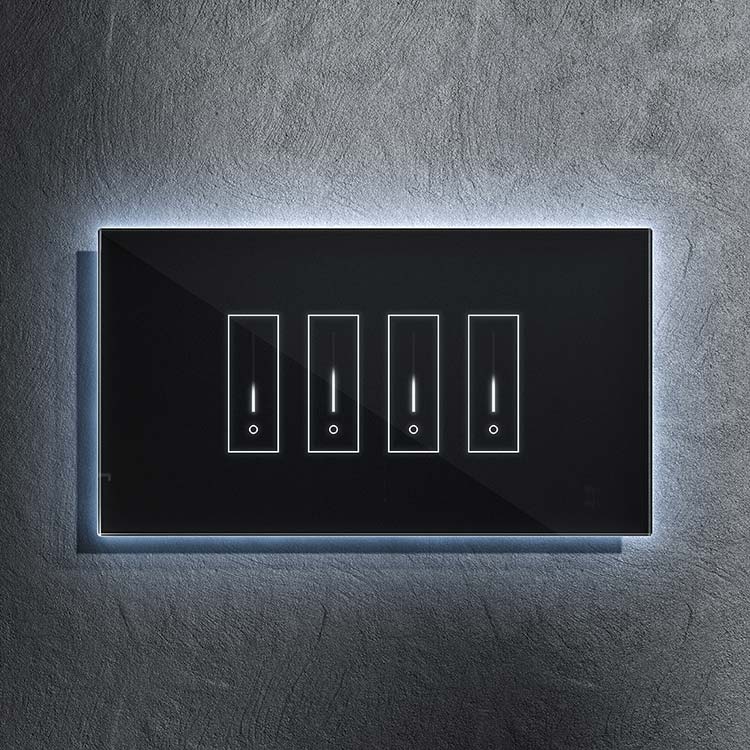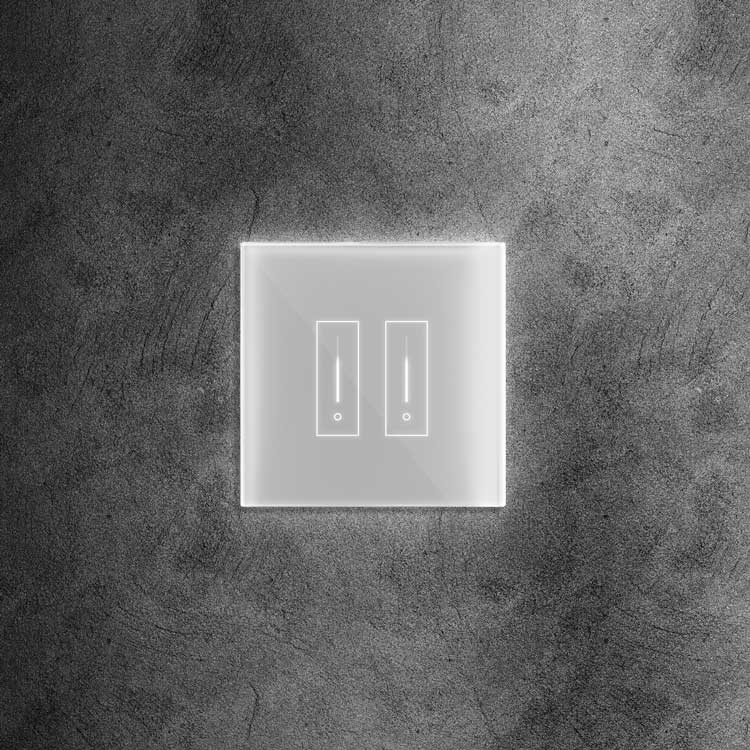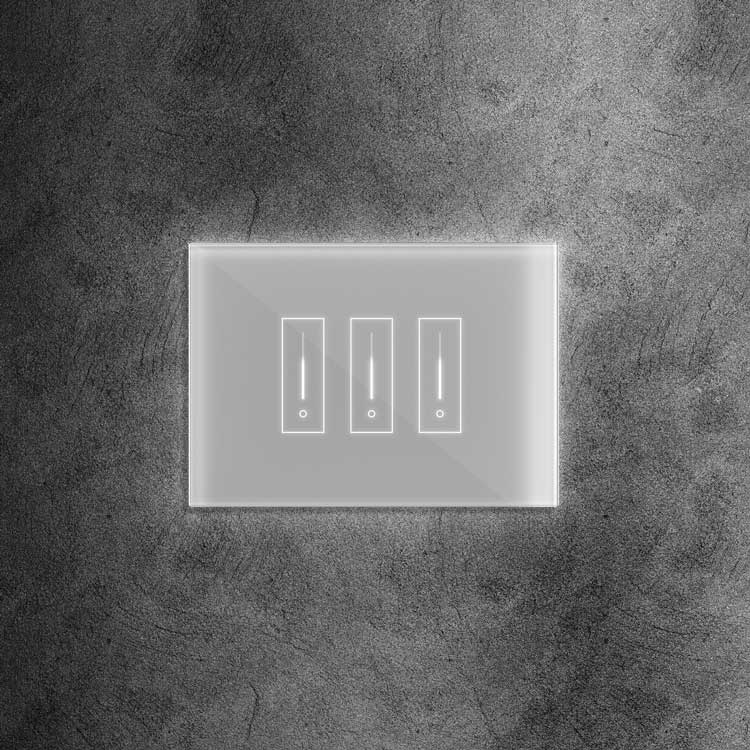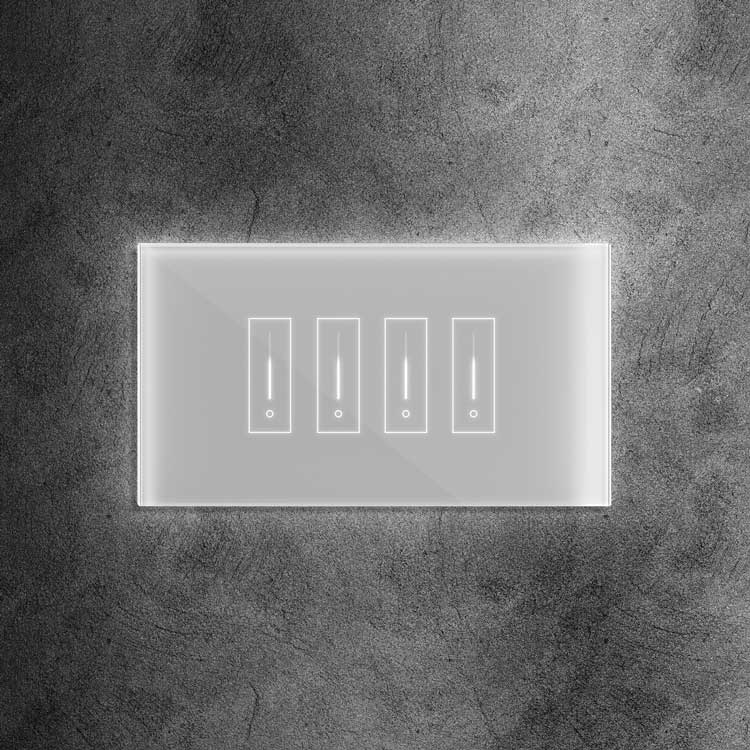In today's digital era, smart houses are the new norm. With the rise of technology, controlling and managing various devices in your home has always been challenging. One of the most popular ways to do this is through a smart home control panel Google offers. This control panel acts as the central hub, allowing you to monitor and control all your smart devices seamlessly.
Introduction to Smart Home Control Panel Google
Google's smart home control panel is an interface that integrates with various smart devices in your home. It provides an all-inclusive platform to control lighting, temperature, security cameras, and more. The beauty of this system lies in its customization and personalization features, allowing you to tailor it to your specific needs and preferences.
Customization Features
-
Device Integration:
The smart home control panel seamlessly integrates with a variety of smart devices. Whether you have smart lights, thermostats, or security cameras, you can connect them all to the control panel for centralized management. This integration ensures you can control all your devices from one place, making your life more convenient.
-
User-friendly Interface:
The interface of the smart home control panel is designed to be user-friendly and intuitive. You don't need to be tech-savvy to navigate the panel and customize settings according to your preferences. You can adjust lighting, set temperature levels, or arm/disarm your security system with just a few taps or clicks.
Personalization Options
-
Custom Scenes:
One of the standout features of the smart home control panel is the ability to create custom scenes. You can set up scenes for different occasions or times of the day. For example, you can create a 'Movie Night' moment where the TV is turned on, the blinds are lowered, and the lights are dimmed with a single command.
-
Voice Control:
Many smart home control panels offer voice control capabilities. This functionality allows you to manage your devices by voice commands, making it even more convenient to personalize your smart home experience. You can unwind in the living room, prepare kitchen meals, use your voice to control lights, adjust the thermostat, or play music.
Android Smart Home Control Panel
For Android users, smart home control offers specific advantages. The Android smart home control panel offers seamless integration with Android devices, allowing for enhanced customization and personalization options. You can utilize your Android tablet or smartphone to control your smart home devices, making it incredibly convenient when on the go.
Best Smart Home Control Panel
Choosing the best smart home control panel depends on your needs and preferences. However, there are some key features to look for:
-
Compatibility:
Ensure the control panel is appropriate for the smart devices you intend to buy or own. This will ensure seamless integration and a smoother user experience.
-
Customization Options:
Look for a control panel with many personalization choices, including personalized scenes, voice control, and a user-friendly interface. This will allow you to tailor the control panel to your liking and make the most out of your smart home devices.
-
Security:
Safety is the most important factor in intelligent home devices. To protect your data and privacy, choose a control panel with robust security features such as to protect your data, use encryption and two-factor authentication.
Advanced Features to Explore
Beyond the basics, there are advanced features that can further enhance your smart home control panel experience:
-
Energy Monitoring:
Some smart home control panels offer energy monitoring capabilities. This feature lets you track your energy consumption in real time and identify ways to reduce it, potentially resulting in financial savings and a more sustainable home.
-
Automation Scheduling:
Automation scheduling is another powerful feature that allows you to automate routine tasks based on time, location, or device triggers. For example, you can schedule your lights to turn on/off at specific times or set use your thermostat to change the temperature according to what you do each day.
-
Third-party Integrations:
Many smart home control panels support third-party integrations, connecting you with popular smart home platforms, virtual assistants, and services. This opens possibilities and allows even greater customization and control over your smart home ecosystem.
Tips for Optimizing Your Smart Home Control Panel
-
Regular Updates:
Keep your smart home control panel updated with the latest firmware and software. This ensures you access the latest features, improvements, and security patches.
-
Organize Devices:
Organize your devices into groups or rooms within the control panel for easier management. This will make it quicker to find and control specific devices when needed.
-
Utilize Widgets and Shortcuts:
Take advantage of widgets and shortcuts available on your smart home control panel. These can provide quick access to frequently used controls and make it even easier to manage your smart devices.
Future of Smart Home Control Panels
As technology evolves, we can expect smart home control panels to become even more advanced and sophisticated. As artificial intelligence advances, the possibilities for machine learning and IoT (Internet of Things) connectivity are virtually limitless.
-
Enhanced AI Integration:
Future smart home control panels may feature enhanced AI integration, allowing for more intelligent and predictive control of your smart devices. Imagine a control panel that learns your habits and preferences over time and adjusts settings automatically to suit your needs.
-
Augmented Reality (AR) Support:
AR support could revolutionize how we interact with our smart home control panels. Imagine using AR glasses or a smartphone to visualize and interact with your smart home devices in a virtual space, making it easier to understand and manage your smart home ecosystem.
-
Seamless Connectivity:
As IoT devices proliferate, seamless connectivity will become even more crucial. Future smart home control panels will likely offer better interoperability and compatibility with a wider range of devices, ensuring a cohesive and integrated smart home experience.
Maintaining and Troubleshooting Your Smart Home Control Panel
-
Regular Maintenance:
Like any other electronic device, your smart home control panel requires regular maintenance to ensure optimal performance. Clean the screen and buttons regularly to prevent dust and dirt buildup. Additionally, look for software updates and install them as necessary to keep your control panel running smoothly.
-
Troubleshooting Common Issues:
If you encounter any issues with your smart home control panel, don't panic. Many common problems can be resolved with some basic troubleshooting steps:
-
Restart the Control Panel: Restarting the control panel can sometimes resolve minor glitches or issues.
-
Check Device Connections: Ensure all smart devices are properly connected to the control panel. Loose connections or Wi-Fi issues can sometimes cause devices to go offline or malfunction.
-
Reset to Factory Settings: It is possible to reset the control panel to its factory settings as a final option. This will erase all custom settings and configurations, so proceed cautiously and back up any important data or settings beforehand.
Enhancing Security and Privacy
-
Secure Your Network:
A secure network protects your smart home devices and control panel from potential security dangers. Make sure your Wi-Fi network passwords are strong and distinct, and change them regularly. Furthermore, think about creating a guest network for guests to ensure your main network remains secure.
-
Enable Two-Factor Authentication:
In order to provide an additional layer of protection, two-factor authentication requires a secondary verification step, like receiving a code through text on your phone upon signing in your smart home control panel. To improve the security of your, enable this feature whenever you can. Control panel and smart home devices.
-
Review Privacy Settings:
Review your smart home control panel's privacy settings to ensure you're comfortable with the data collected and shared. To minimize privacy risks, turn off any features or permissions you don't need or use.
Expanding Your Smart Home Ecosystem
-
Explore New Devices:
The beauty of a smart home control panel lies in its ability to integrate with a wide range of smart devices. Feel free to explore new devices and technologies to enhance your smart home ecosystem further. There's always something new to discover, from smart appliances to wearable devices.
-
Join Smart Home Communities:
Joining smart home communities or discussion boards is often a fantastic method for sharing knowledge and experiences and discovering new tips and tricks for optimizing your smart home control panel. You can also get recommendations for new devices or learn about upcoming features and updates.






